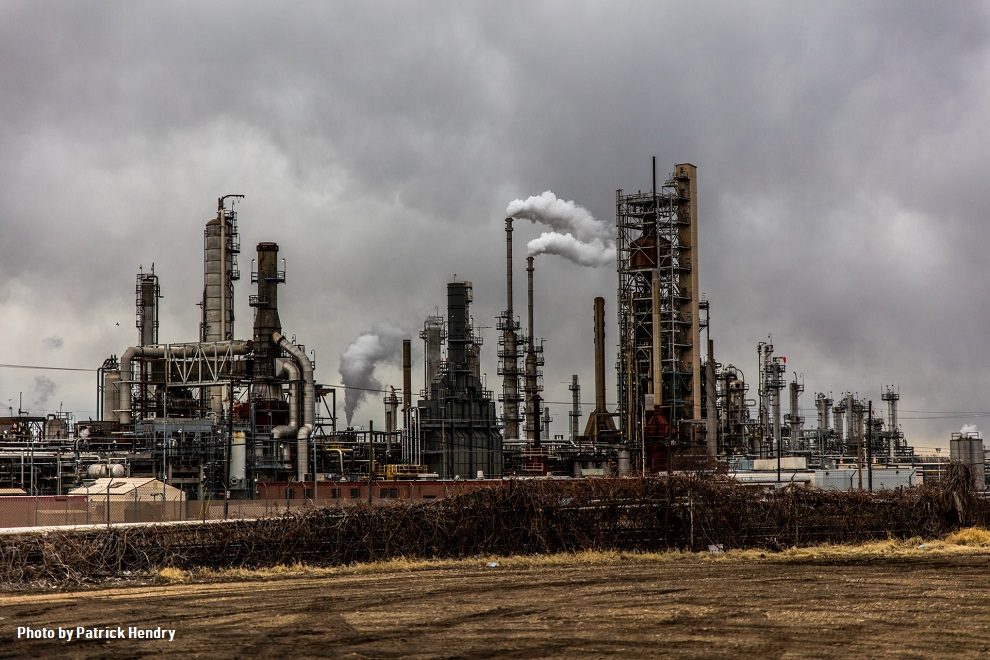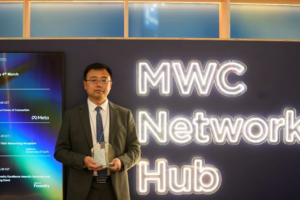The Huawei Oil & Gas Virtual Summit 2020 — exploring ‘Data to Barrel’ — was successfully hosted online. The summit gathered together global customers, industry partners, and thought leaders — including representatives from the Abu Dhabi National Oil Company (ADNOC), Schlumberger SIS, and the former Chief Information Officer (CIO) of French giant TOTAL — to share their experiences of helping oil and gas companies increase profits while cutting costs, creating added value through digital transformation. Key suggestions on how the industry can overcome challenges at this particular point in time, adapting to the new normal of the pandemic and post-pandemic periods, were also fully explored.
The Oil and Gas Industry Faces Upheaval: Huawei is Positioned to Help
In the first half of 2020, due to the global economic downturn amid the spread of COVID-19, international oil prices fell to a low of 30 dollars per barrel. In May, West Texas Intermediate (WTI) crude oil futures prices even turned negative, a historically unprecedented event. Undoubtedly, the oil and gas industry has entered an extremely difficult period and is witnessing changes, the likes of which have not been seen for over a century.
Huawei has been working hard to help oil and gas customers cope with these current challenges. David Sun, Vice President of Huawei’s Enterprise Business Group and Director of the Global Energy Business Department, noted that, over the past decade, Huawei has partnered with customers in the oil and gas industry and together witnessed oil prices peak at 120 dollars per barrel, as well as fall to that low of 30 dollars. Along the way, Huawei’s role has changed — and upgraded — with the support and help of oil and gas companies. Evolving from a vendor that simply provided switches, routers, and network devices, to becoming a full partner dedicated to providing digital transformation solutions, Huawei works with partners and customers alike to jointly promote the application of 5G, Artificial Intelligence (AI), and big data in the oil and gas industry. It continues to explore new technologies and applications, where solutions to the current challenges lie.
Indeed, using elastic computing, big data analytics, AI, and cloud data centers, Huawei has already helped oil and gas customers achieve digital transformation, promoting the construction of intelligent oilfields and increasing oil and gas reserves.
Working with partners, Huawei planned and built a computing AI platform for an industry customer, to implement AI training and big data analytics. This has, in turn, led to an increase in both oil and gas reserves and in production. Indeed, solutions have been implemented in various scenarios, including artificial-lift fault diagnosis, well-logging and reservoir identification, and seismic first arrival wave identification, extracting significant value from underutilized — formerly ‘useless’ — data.
In the words of Dr. Mohamed Akoum from ADNOC: In an era of change for industries around the world, ADNOC continues to drive innovation and embed advanced technologies across its value chain to optimize performance, boost profitability and build resilience.
New ICT Technologies Reshape the Oil and Gas Industry: Huawei Offers a Wealth of Experience
Today, 150 years after the first successful extraction of oil from a drilled well, accessible underground oil resources have been all but exhausted. Oil companies, by necessity, are therefore now exploring deep-water, pre-salt, and unconventional reservoirs.
At 60 years old, Daqing Oilfield — the largest oilfield in China, situated in Heilongjiang, the country’s northernmost province — has faced enormous challenges in terms of reserve replacement, stable production pressure, cost reductions, and efficiency improvements.
At the Huawei Oil & Gas Virtual Summit 2020, Zhang Tiegang, former Deputy Chief Engineer of the Exploration and Development Research Institute at Daqing Oilfield, explained that seismic exploration technologies to detect oil and gas reserves have been the method of choice for most oil companies. Increasing seismic exploration while decreasing well drilling, he noted, has become a new measure widely used in the industry. However, high precision and massive data processing have brought their own challenges to seismic exploration and oilfield exploration and development. With a single seismic exploration work area now expanded to over 2000 square kilometers, the volume of data collected through the broadband, wide-azimuth, and high-density seismic data collection technology has exceeded 1 TB per square kilometer.
To help Daqing Oilfield address these issues, Huawei built a dedicated oil and gas exploration cloud. The cloud data center improves computing power by eight times and has similarly improved prestack seismic data processing capability by five times, from 400 square kilometers to 2000 square kilometers, matching work area requirements. Elsewhere, AI and big data capabilities have been used to re-analyze 10 PB of the customer’s historical exploration data, to mine new value from it and support extraction decision-making, bringing huge additional value to the oilfield.
Huawei is empowering a wide range of industries through 5G networking. In the oil and gas industry, 5G technologies are changing the operation modes of seismic data collection. Huawei has put 5G network features to work — including high bandwidth, wide connectivity, and low latency — to help achieve high-speed backhaul of seismic data, reducing the manual cabling workload and significantly improving the efficiency of seismic data collection.
Elsewhere, Huawei 5G networks are already being used in oilfields and stations to support robot inspection, drone inspection, and Augmented Reality (AR) and Virtual Reality (VR) applications.
Additionally, the Huawei Horizon Digital Platform helps oil and gas customers break down legacy siloed service systems and quickly release service applications as micro-services, to meet the complex and changing needs of the industry. For example, Huawei has deployed an enterprise cloud for SONATRACH, the national state-owned oil company of Algeria. The cloud-based solution manages and coordinates multiple data centers, eliminates resource silos, and greatly improves overall operation efficiency.
As a global ICT solutions provider, Huawei is committed to bringing digital to every oil and gas company. At the Huawei Oil & Gas Virtual Summit 2020, Wang Hao, Chief Technology Officer (CTO) of the Oil & Gas Development Department for Huawei’s Enterprise Business Group, said that Huawei will use ICT as a new engine to work even more closely with industry customers in challenging times. Indeed, Huawei is already working with 19 of the top 30 oil and gas companies, in 45 countries and regions around the world, helping them achieve digital transformation. Ultimately, this will bring more benefits to the upstream, more security to the midstream, and more value to the downstream.
Such innovative ICT technologies — AI, cloud, edge computing, and 5G — will reshape the oil and gas industry. As David Sun concluded at the Huawei Oil & Gas Virtual Summit 2020: “According to IDC’s latest survey, Chinese industrial users see Huawei as the digital transformation leader, ranking number one. In the future, we hope to share Huawei’s digital transformation capabilities and experiences in China’s oil and gas industry with global customers, to help achieve ever greater business success.”












